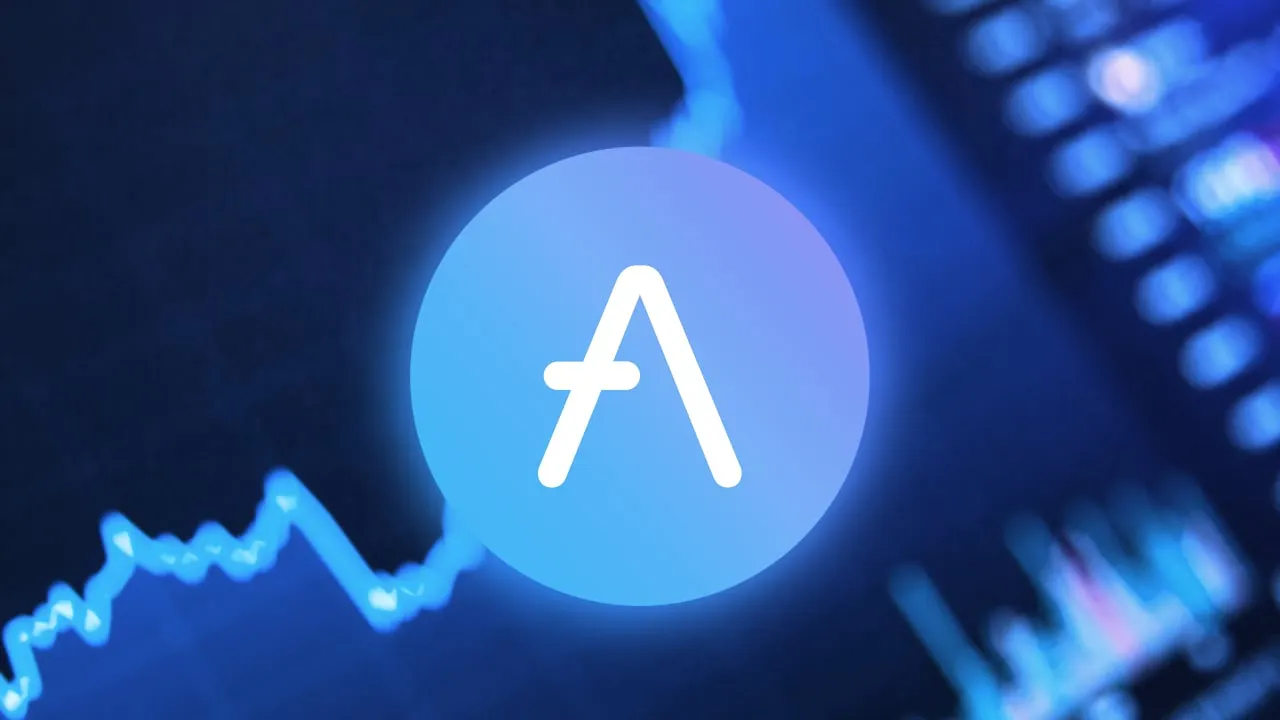DeFi protocol Aave is planning to launch its very own stablecoin, the project’s founder announced today.
“We have created an ARC [Aave request for comments] for a new decentralized, collateral-backed stablecoin, native to the Aave ecosystem, known as GHO,” the announcement posted on Twitter by Aave founder Stani Kulechov read.
This means Aave's proposal for a new stablecoin is now in the hands of its DAO—its community of AAVE token holders that vote on decisions that affect the protocol's future. Should the vote succeed, it will mean one of the biggest players in DeFi will introduce yet another stablecoin option into the market—something that could prove lucrative for its DAO if GHO gains wide adoption.
Lending protocol Aave currently has a total value locked of $6.6 billion, according to DeFi Llama figures. “Total value locked” refers to the amount of crypto currently being used in a protocol.
BREAKING: The @AaveAave team submitted ARC to launch a self-sovereign overcollateralized stablecoin GHO backed by the Aave Protocol collaterals 👻 👇🏼 https://t.co/YHpLmipLjl
— stani.lens (🌿,👻) (@StaniKulechov) July 7, 2022
People can use Aave—which runs on Ethereum—to lend or borrow digital assets without going to a centralized intermediary. Its native token, AAVE, is also the 47th biggest cryptocurrency, with a market cap of nearly $1 billion. AAVE was today trading for $71.22, per CoinMarketCap data.
If all goes according to plan and AAVE holders vote to approve GHO, the stablecoin will be “backed by a diversified set of crypto-assets,” according to the proposal.
“If approved, the introduction of GHO would make stablecoin borrowing on the Aave Protocol more competitive, provide more optionality for stablecoin users and generate additional revenue for the Aave DAO by sending 100% of interest payments on GHO borrows to the DAO,” it added.
A stablecoin is an important part of the crypto ecosystem: a token designed to be more stable than cryptocurrencies like Bitcoin or Ethereum. This is because stablecoins are typically pegged to fiat currencies like the U.S. dollar to prevent fluctuations and help traders maintain liquidity.
DeFi projects like Aave are projects built on a blockchain that automate borrowing and lending—they, in some ways, aim to be “bankless” banks.
But such projects are very experimental—not to mention prone to hacks and, in some cases, complete and utter catastrophe.
Just in May, Terra, at the time one of the biggest blockchains and home to the popular DeFi lending protocol Anchor, completely crashed. Following a run on Anchor and its algorithmic UST stablecoin, the stablecoin depegged—meaning it no longer held the same value as the dollar—and its governance token, LUNA, became virtually worthless. Tens of billions of dollars in value disappeared into thin air.
How will Aave’s stablecoin be different? For a start, unlike Terra’s stablecoin, GHO will not be an algorithmic stablecoin, and its features will not resemble algorithmic stablecoins, Aave Companies, the company behind Aave protocol, told Decrypt.
Most stablecoins are either centralized, and backed by dollars or bonds or other assets in a bank, or decentralized and backed by other crypto assets. This is what keeps the stablecoin stable with a steady value of $1 per token. A growing part of the DeFi space, algorithmic stablecoins are different because they are uncollateralized and instead use clever code to keep them pegged to a stable asset.
Aave’s proposed GHO stablecoin falls into the category of decentralized and collateralized tokens, putting it in the same class as DAI, MakerDAO’s stablecoin, which is collateralized by MKR tokens and other crypto assets.
Aave Companies added that “significant risk mitigation features” will be in place to prevent too much GHO from being minted—which will protect users.
Which is just as well, because if 2022 so far is anything to go by, DeFi users really could do with some risk mitigation.

